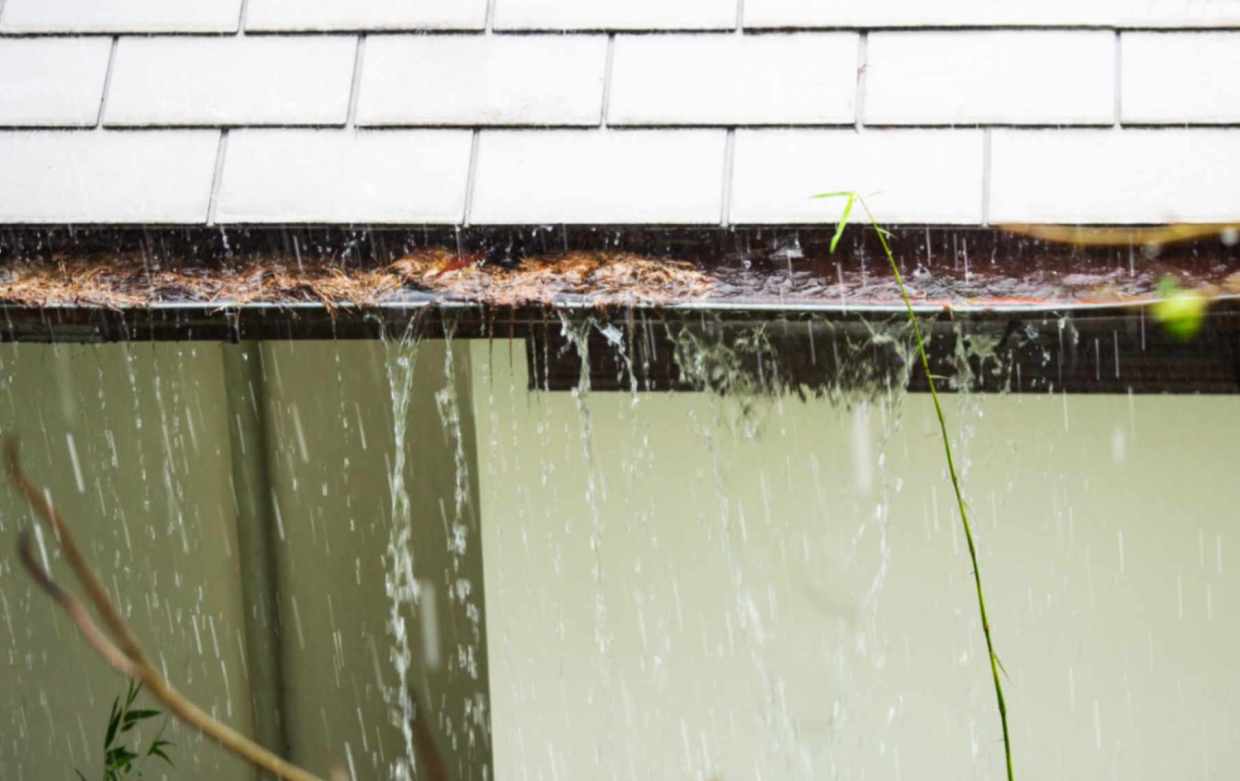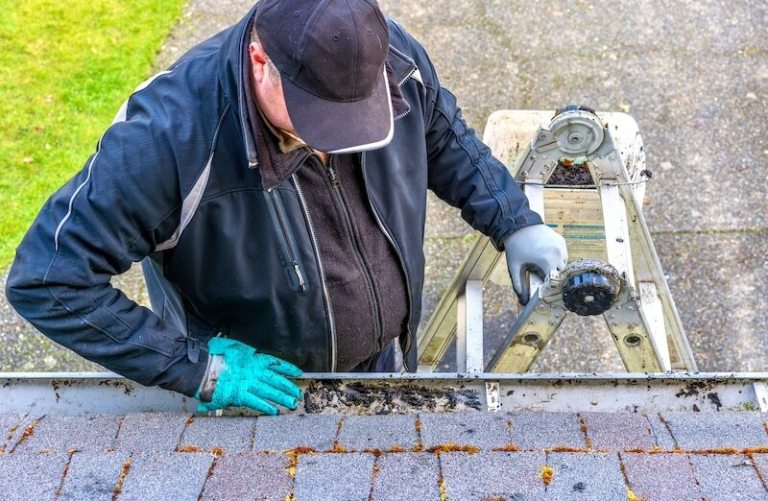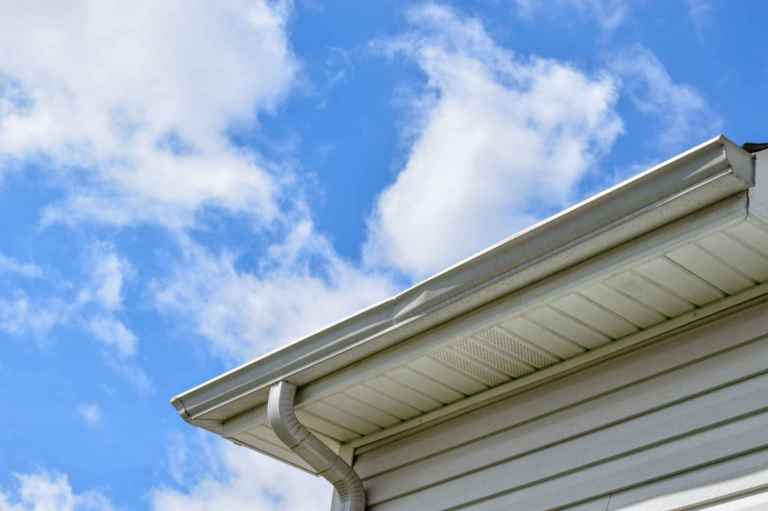Are you tired of dealing with gutter overflow during heavy rains? Understanding how to address this issue is crucial for protecting your home from potential damage.
Gutter overflow occurs when rainwater fails to flow smoothly through the gutter system, often due to blockages or inadequate drainage. While cleaning your gutters regularly is essential, there are additional measures you can take to prevent overflow.
Discover effective techniques and expert advice on mitigating gutter overflow.
Identify the cause of gutter overflow
If your gutters are overflowing, the first step is to find out what’s causing it. After all, if you don’t address the underlying issue, it’s unlikely you’ll be able to find an effective long-term fix.
Here are a few things to inspect if you’re facing gutter overflow:
- Clogged gutter outlets: Noticeable when foliage is gathered close to the gutter edge. This is the most common reason for gutter overflow, as leaves and other debris can get into the gutter and block the flow of water. It is relatively easy to spot and can be easily fixed by removing debris and ensuring proper water flow through thorough cleaning and maintenance.
- Gutter position and alignment: The angle and pitch of your gutter are key to its effectiveness. If your gutters are too level, they may begin to sag, clog and overflow from rainfall. Similarly, if your gutter is pitched too steeply, it may overflow and leak dirty water. These problems can develop over time or be an installation issue.
- Gutter size: Check to see whether you have the right gutter system to handle the weather and rainfall in your area. No matter how well-maintained the gutter is, it must be built for the conditions.
How to clear gutters and downspouts
Before you start clearing your gutter, you’ll need some basic equipment, including:
- An appropriately sized ladder
- Gloves and safety goggles
- Trowel, gutter snake, and rake
- Hose and a bucket or a pressure washer
It’s also important to consider all safety aspects before you clean out gutters. Always assess the risk and equipment you have before you start.
To start the process:
1. Set up the ladder on a stable surface and equip yourself with gloves and other safety equipment.
2. Starting at the edge of the downspout, use a trowel to scoop out larger pieces of debris. Discard them into a bucket.
3. Use a gutter snake (if you have one) or water hose to clear clogged dirt at irregular angles.
4. Once finished, run a strong stream of water through it to dislodge smaller particles. Repeat for the downspout.
De-clogging and cleaning your gutters yourself can help reduce gutter overflow. However, it’s best to hire a professional to service them properly. They can also inspect other parts, such as the downspout mesh screen. It’s a good idea to schedule gutter cleaning at least twice a year.
How to adjust the pitch of your gutter
The angle of your gutter and downspout can help prevent water stagnation or overflow. If needed, you can make some adjustments yourself to help prevent gutter overflow:
1. Start with setting up your ladder and equipment.
2. Analyze the slope and alignment. Ideally, the slope should be around a quarter to half an inch per 10 feet of gutter.
3. Take note of any areas with high water stagnation levels. You may need to adjust your alignment to account for this.
4. Loosen the gutter brackets and reposition the gutter.
5. With the help of a spirit-level tool and a friend, keep both sides in position to ensure proper re-assembly.
6. Test the gutter by pouring down water or using a hose to simulate strong downpours.
For more technical issues, it’s often best to consult a professional. They can identify how to resolve the issue and install your gutters correctly and safely.
Repair or replace damaged gutters
Gutter overflow can occur if your gutters are damaged, warped, or sagging. This can be due to weather, clogging, ice dams, or improper installation.
Temporary sealants, industrial glue, or tape can be used to repair a damaged gutter. However, these methods are only a short-term fix. In most cases, if gutters have been damaged, it can be a more cost-effective and longer-term solution to replace them instead.
The most effective way to repair damaged gutters is by using a professional. With Leafguard gutters, this service is offered to you for free with our lifetime guarantee – should you ever need it.
Leafguard gutters: The solution to gutter overflow
Leafguard’s signature one-piece gutter is designed to keep out leaves, insects, and sediment. This means no issues of gutter overflow or clogging. And if they ever do, we’ll clean them for you.
With Leafguard gutters, you get our guarantee of the following:
- No clogging
- No leaking
- No water damage
- No cleaning
- No ladder accidents
With a lifetime clog-free guarantee and a high-quality ScratchGuard® paint finish, Leafguard has you covered.



